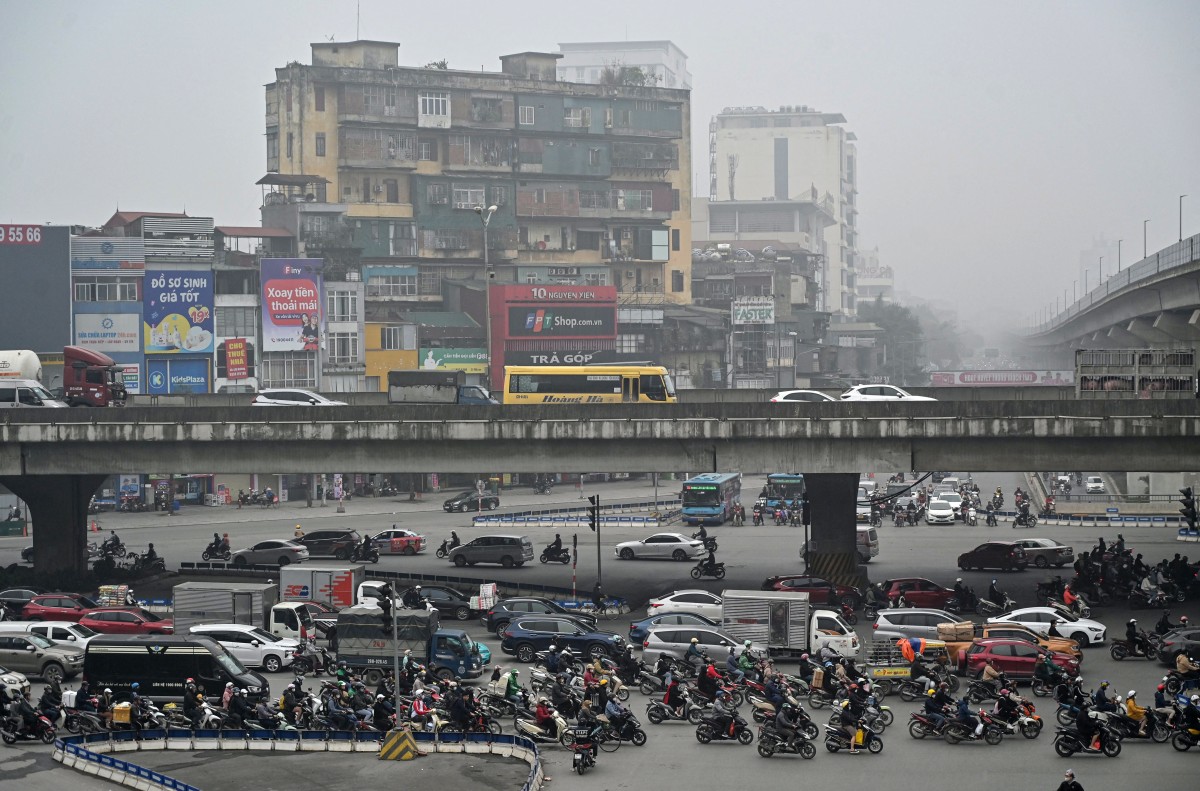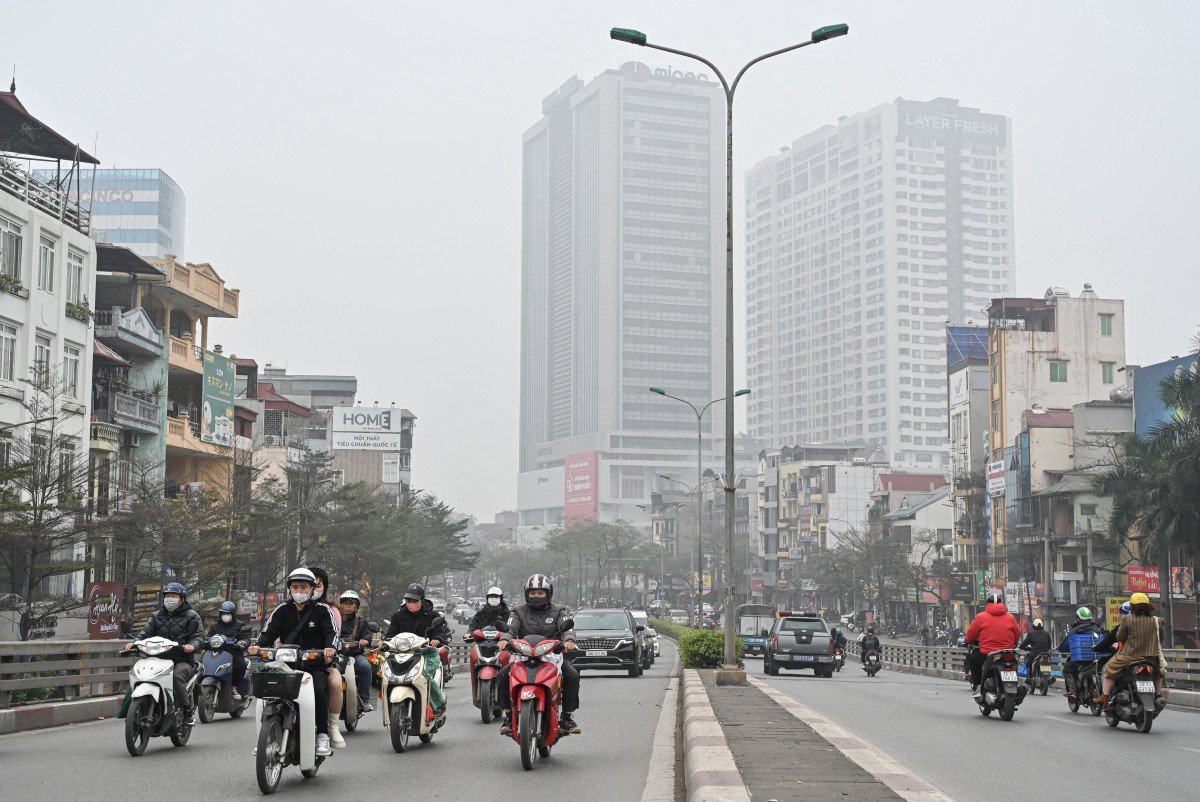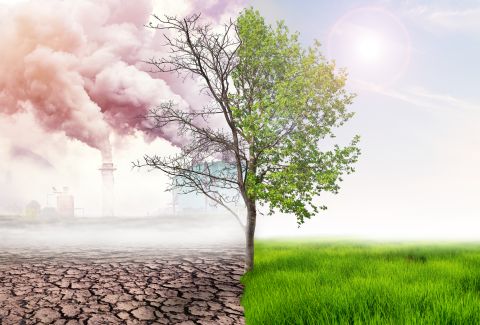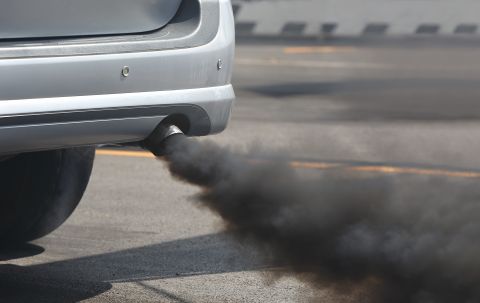ALBAWABA - Hanoi, the capital of Vietnam, found itself engulfed in a dense cloud of pollution on Tuesday, impacting its nearly nine million residents and casting a veil over the city's towering buildings. The city took the unenviable top spot on the air quality monitor IQAir's global list of the most polluted cities on that particular day.
The levels of PM2.5 pollutants in the atmosphere were alarmingly high, classified as "very unhealthy" and surpassing the World Health Organization's recommended annual guideline by a staggering 24 times.
This particle can not only cause cancer, but it also can penetrate the bloodstream through respiration, posing significant health risks to those exposed.

(Photo by Nhac NGUYEN / AFP)
Hanoi's pollution crisis is multi-faceted, with construction projects and the emissions from a vast number of motorcycles and cars that congest the city daily contributing to the problem. In addition, carbon emissions from coal plants and the burning of agricultural waste don't improve the already dire situation.
Struggling to cope with the pollution, residents like office worker Nguyen Minh Huong have taken to wearing masks to shield themselves from the toxic air. Huong shared her experience of battling breathing difficulties and constant sneezing whenever she steps outside due to the poor air quality.

(Photo by Nhac NGUYEN / AFP)
The latest data from the World Bank reveals that a significant 40% of Hanoi's population is exposed to pollution levels nearly five times higher than the WHO's guidelines. The health implications of such severe pollution are grave, with air quality linked to serious conditions like heart disease, strokes, and lung cancer.
As concerns about air quality persist, meteorologists continue to issue warnings about the prevalence of thick haze, particularly in the mountainous areas of northeastern Vietnam. Serious attention and concerted efforts to protect public health and the environment are needed. This isn't the type of problem that can or should be ignored.









